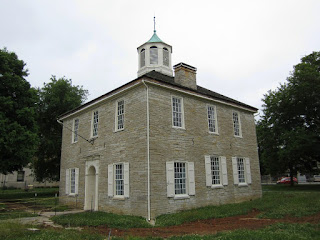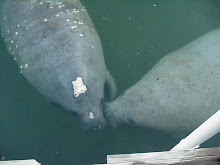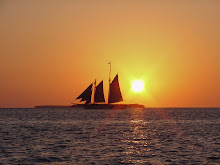The Colonel and I arrived at historical Corydon, Indiana. The weather was cool and overcast (we were beginning to miss our sunny, warm Florida).
The only place we really wanted to visit while in Corydon was the Old State Capitol and it was closed for repairs and surrounded by a chain link fence (why they did not mention this on their website when I was planning our trip is beyond me). So, The Colonel and I got as close as we could to the building, I put my camera lens through a link in the fence and I snapped a few photos of it.
The Old State Capitol is constructed of Indiana limestone from a nearby quarry. Construction began in 1811 and was completed in 1813. The Capital of the Indiana Territory was moved to Corydon from Vincennes that same year.
In 1816, Indiana became a state with Corydon as its capital and this two-story, Federal-style building as its capitol. The first constitution was drawn up and the first sessions of the state legislature and Supreme Court convened in this building. In 1825, the state capital was moved to Indianapolis.
We saw other historical buildings in Corydon (none were open to visitors). This next old building was a house that was built by Davis Floyd in 1817. He was Territorial Auditor and Treasurer and a member of the Constitutional Convention. Floyd had been convicted in 1806 of aiding Aaron Burr in the Burr Conspiracy (Burr's goal was to create an independent country in the center of North America and/or present-day Southwestern United States and parts of present-day Mexico). Floyd's home would become the home of Governor William Hendricks from 1822-1825.
This next pretty, little house was the first State Office Building. It was built in 1817 and it housed the offices of the State Treasurer and Auditor until the fall of 1824. The cellar was the treasury vault.
We saw some other old, pretty houses near the Capitol.
And this tiny, gorgeous garden tucked beside an old house.
Corydon is also historic for another reason...aside from Gettysburg, it is the only other city above the Mason-Dixon that saw action against the Confederate Army.
The Battle of Corydon was fought on July 9, 1863. A force of about 400 Indiana militia and citizen volunteers commanded by Colonel Lewis Jordon, engaged John Hunt Morgan's raiders, 2,400 cavalry, along a wooded ridge a mile south of Corydon.
The determined Hoosiers defenses caused General Duke, Morgan's second-in-command to comment, "They resolutely defended their rail piles". Three Hoosiers and eight Confederates were killed. Morgan then brought up his cannon and flanked the militia forcing Jordon to retreat. After Morgan surrounded and began shelling Corydon, Jordon surrendered with 345 men.
Conner Prairie Interactive History Park in Fishers Indiana has an attraction based on Morgan's raid. It is very interesting and informative.
Corydon was our last stop in Indiana. We were now headed to Kentucky and all things Boone, well nearly all things.















































No comments:
Post a Comment